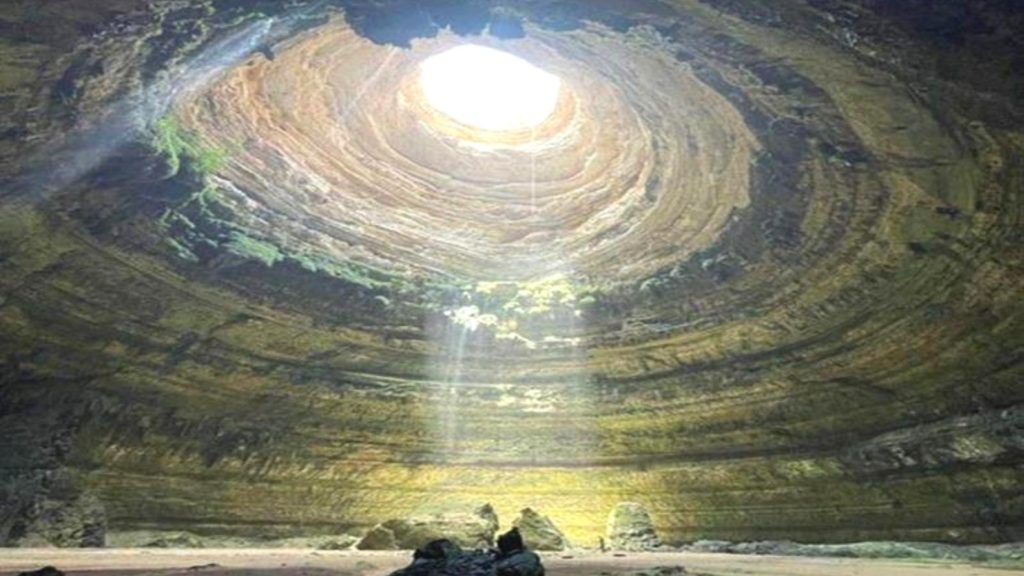Legend has it that in the heart of Eastern Yemen’s desert lies a well that is a prison for jinn. The Well of Bahrout was believed for centuries to be a possessed, poisonous, and dangerous place. It wasn’t until the Omani Caves Exploration Team (OCET) decided to dive into it that the truth was unveiled. The Well of Barhout was discovered to be a unique spot with its own ecosystem.
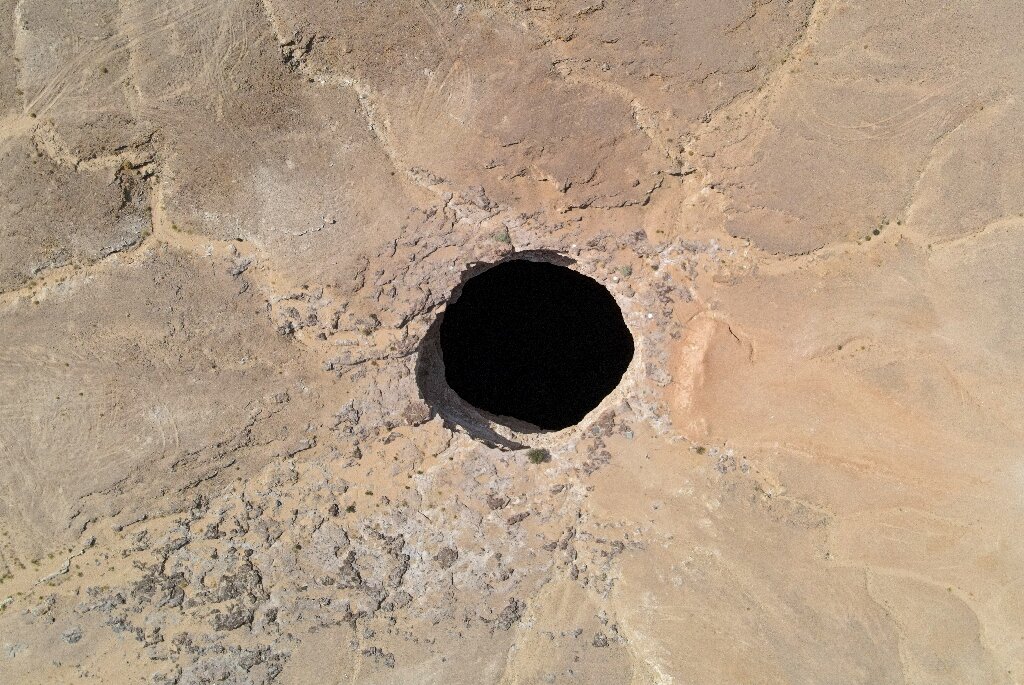
Speculations and stories about the Well of Barhout have been in the making for years. The giant hole at the edge of Yemen was believed to be a prison for uncontrollable Jinn and a gateway to hell. Jinn is a genie from the Islamic culture; it’s an intellectual being, created from fire. It’s believed to be a shapeshifter with its own free will, capable of doing good or evil.
The lore states that jinn claims the head of anyone who’s reckless enough to come near the well or descend it. However, it’s not just about evil spirits and supernatural beings living down there. Locals fear that even coming near it might bring in bad luck. It’s also said that anything near the well would be sucked in and if anyone drinks from its waters, would be poisoned.
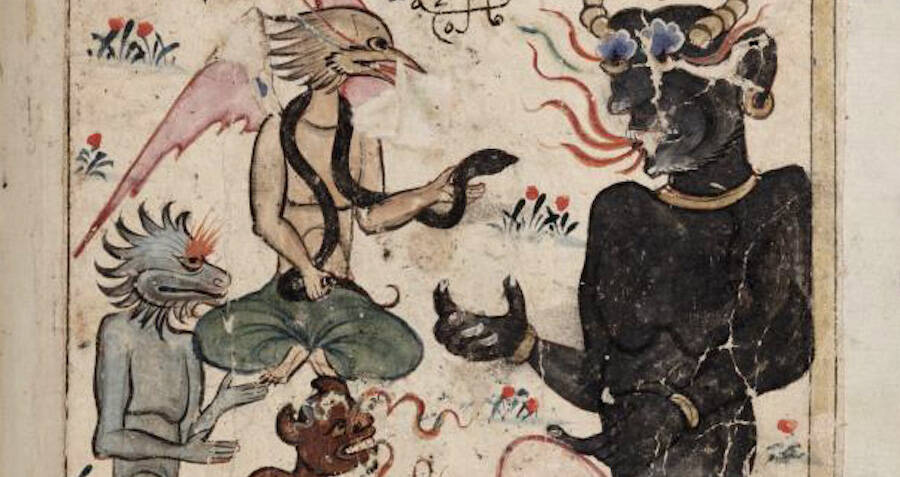
Looking down the edge of the well, everything is pitch black; the sunlight doesn’t go in, just as nothing comes out. The hole could be millions of years old, and no one knows what lies down there. For those reasons, scientists and explorers were intrigued to go to the bottom of the sinkhole and figure out the truth about it.
The Well of Barhout
Given the fact that the well lies close to the border of Yemen and Oman, The OCET cooperated with the Yemen Geological Survey and Mineral Resources Board to start the expedition. A team of seven, led by Al-Kindi went to the Well of Barhout and spent hours examining the hole.
The well turned out to be 30 meters wide and 112 meters deep. At the bottom of the well, many cave deposits were found, including stalagmites, stalactites, and even cave pearls which took thousands of years to form. Furthermore, the well has two layers of rocks, four waterfalls, reptiles, amphibians, birds, and insects such as snakes, lizards, toads, and beetles. It seems like the millions-of-years-old well had its own spectacular ecosystem.

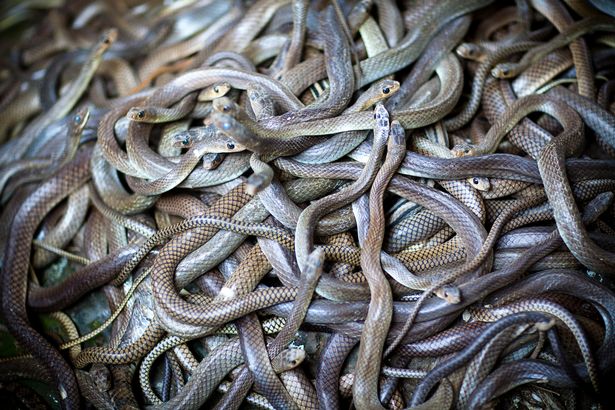
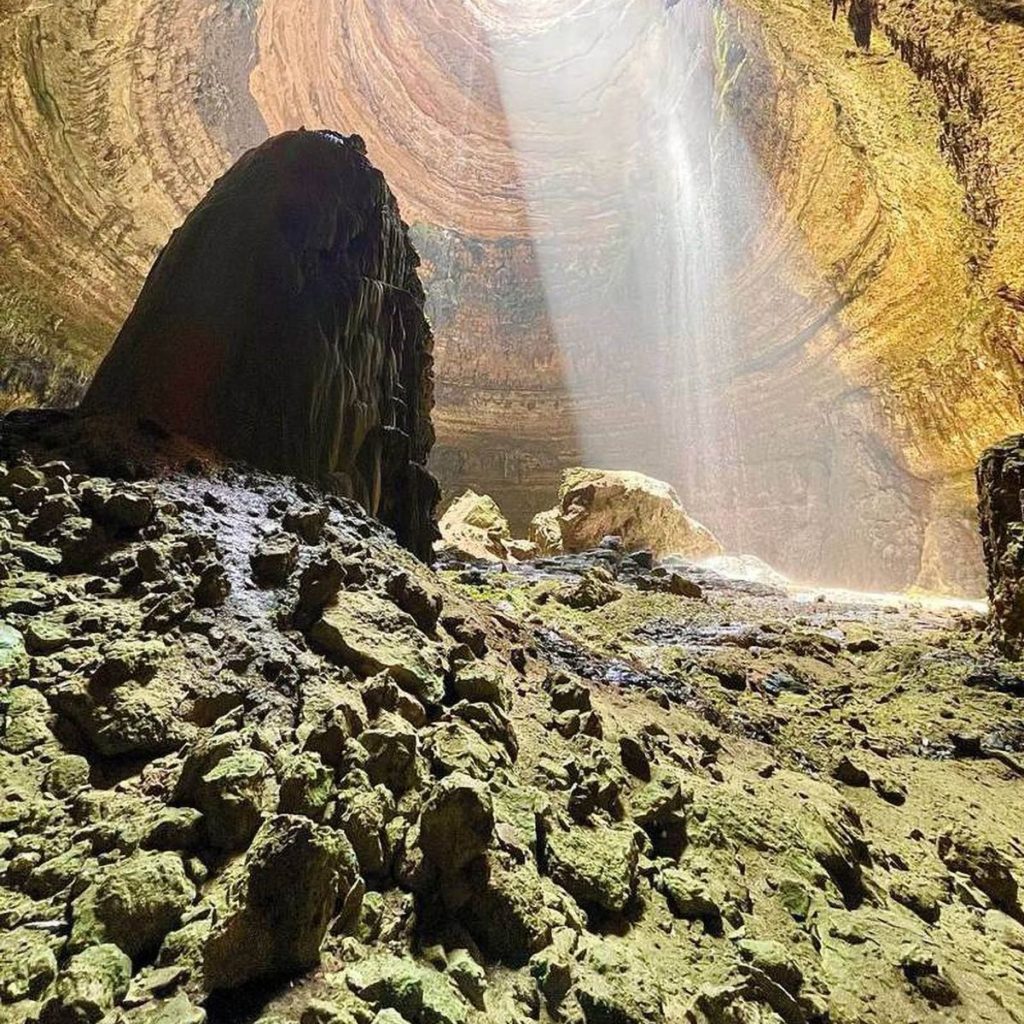
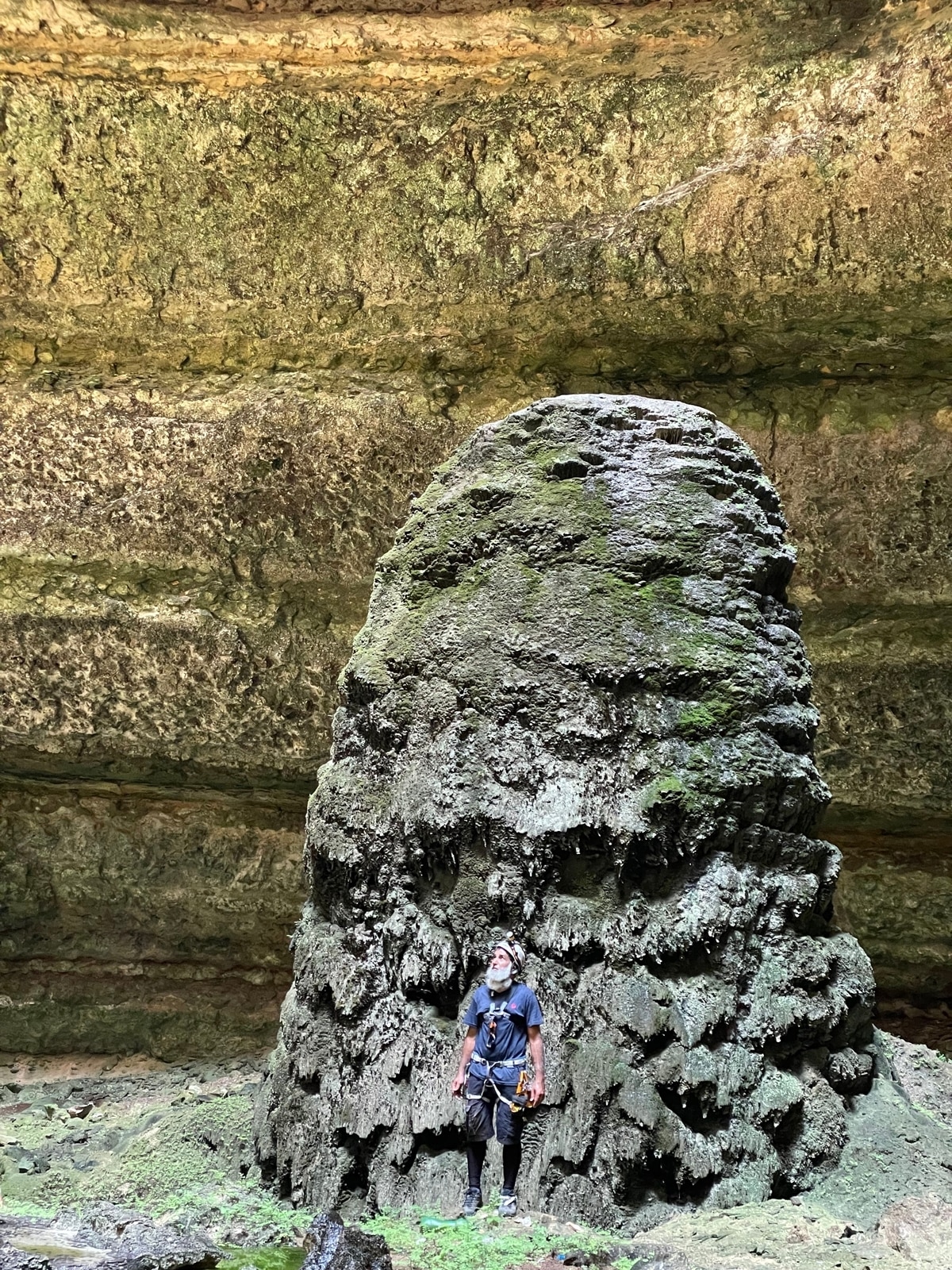
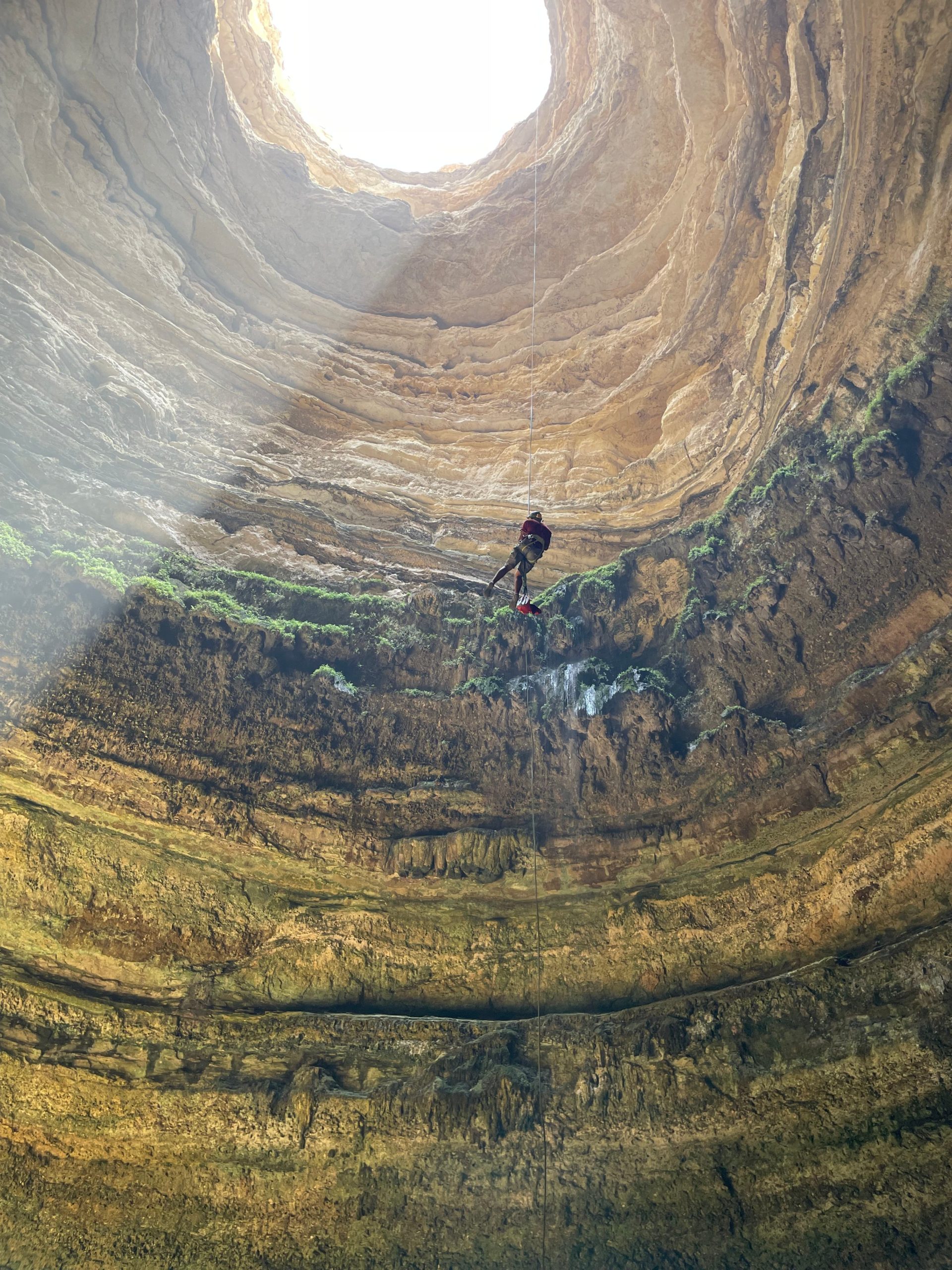
Everyone on the team was fearful at the start of the expedition, but when Al-Kindi came out of the well unharmed, everything changed. It’s officially the first documented study of the well of Barhout. Aside from discovering that the well was full of life, the water in fact turned out to be nonpoisonous! Al-Kindi drank about a bottle and took some samples to analyze, and it happened to be fresh and normal water.
The exploration marks a huge educational success, as it put an end to the myth revolving around the well. Al-Kindi said, “What we did here I think is essential because we changed people’s minds at least about one of these places.”
Clearly, the well of Barhout is not a place for jinn and scary tales, but a place of waterfalls and cave pearls!


